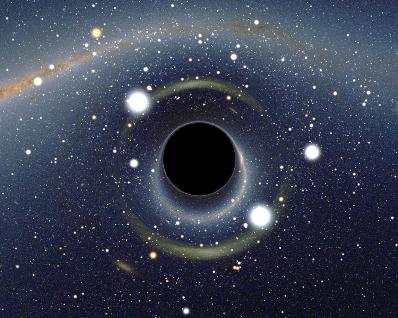So far, there are no press releases or other information regarding where the signal came from, how distant it was, or its estimated absolute magnitude. OZ OSETI has released a graph of the pulse, shown below.

SETI is more widely known for conducting surveys of the sky at radio frequencies in hopes of detecting modulated radio waves coming from other civilizations in space. With the exception of the infamous "WOW signal", the results of various radio surveys have been unspectacular to say the least.
Many astrobiologists believe that advanced civilizations in space may communicate, or announce their presence, through the emission of laser radiation - hence, the Optical SETI program.
OZ OSETI says they're not ready to celebrate just yet. Although earthly interference and glitches in the detection equipment have apparently been ruled out, the signal has not reappeared after the "Is It ET?" signal of last December. Before scientists announce "First Contact", candidate signals must run a gauntlet of exacting tests ... including that the signal be able to be detected at different times, from different locations on Earth.
Bhathal and his colleagues are also looking into the possibility that the flash could have been produced by an "optical pulsar" or some other natural phenomenon. But if the flash detected was, as reported, laser light, it could only come from an artificial source. And an "optical pulsar" should be observable over time, and from various locations on Earth.
I'll keep tabs on this one, although just now, there isn't a lot of news about it.

